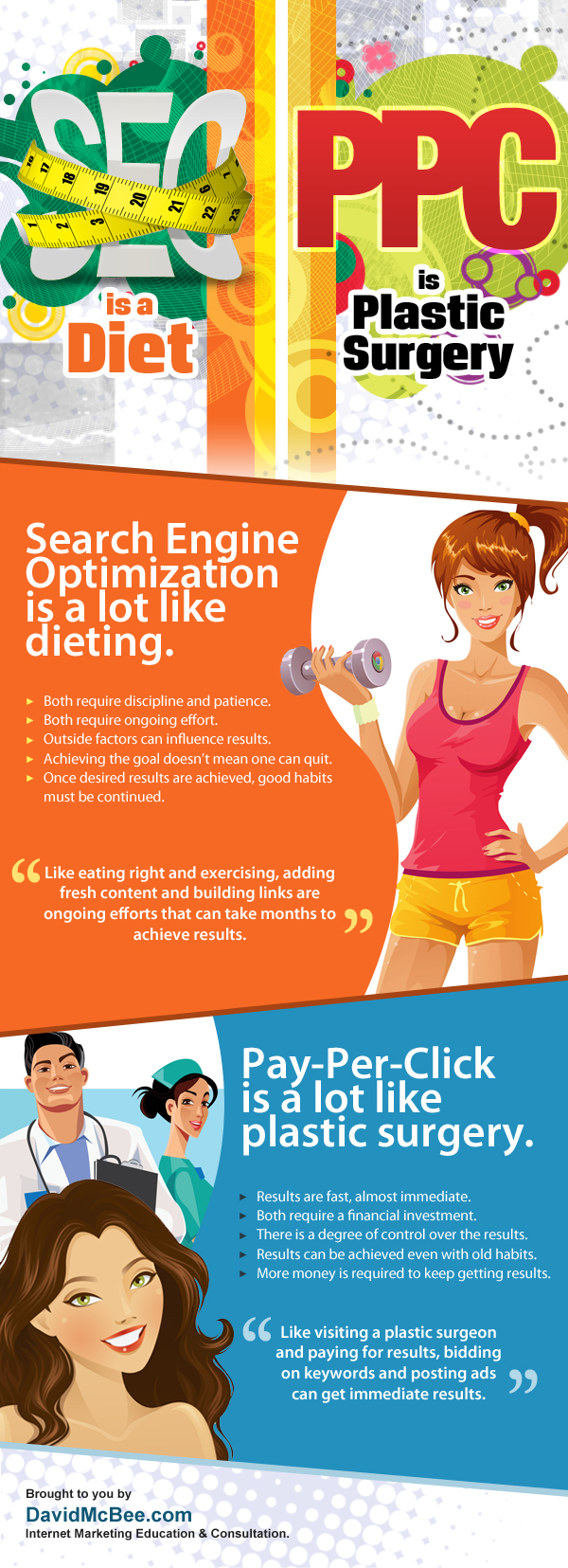The role of the social media marketer is one that faces constant change. New social networks emerging, new content platforms to consider, new changes to existing social media standards – there’s little relief from the challenging barrage of best practices to keep up with as you develop and manage a solid social media strategy.
 Facebook is often a significant player in these strategies; it’s pretty tough to ignore the fact that the site is nearing 1.5 billion users. As we’ve learned year over year, those behind the curtain are always striving to provide the best experience to users while uncovering more opportunities to make money from advertisers, and are never shy to make significant changes to get it juuust riiiiight. As a result, social media marketers who are responsible for managing their business’ presence on Facebook are constantly juggling the site’s requirements, the latest suggestions on how businesses can (or should) engage, their brands’ identity, and the effort behind developing the content and offers that engage their customers and audiences.
Facebook is often a significant player in these strategies; it’s pretty tough to ignore the fact that the site is nearing 1.5 billion users. As we’ve learned year over year, those behind the curtain are always striving to provide the best experience to users while uncovering more opportunities to make money from advertisers, and are never shy to make significant changes to get it juuust riiiiight. As a result, social media marketers who are responsible for managing their business’ presence on Facebook are constantly juggling the site’s requirements, the latest suggestions on how businesses can (or should) engage, their brands’ identity, and the effort behind developing the content and offers that engage their customers and audiences.
Phew. It’s a lot.
The role of the social media marketer continues to be influenced by Facebook. Here’s the latest skill set a marketer must have in order to play nicely with the social giant:
Social media purists will need to embrace Facebook advertising.
With Facebook’s recent algorithm change, which shows your page’s posts organically to just 1-2% of people who like your Facebook page, social media managers and community managers will need to invest time and money into understanding the role of paid Facebook advertising and promoted posts in their strategy. Ignore at your own peril, but the free ride on Facebook is over, and it’s time to find some budget to spend to help you build on the momentum you’ve already started there. Perhaps you move some other under-performing marketing budget to Facebook advertising, or you come up with enough of a test budget to start getting familiar with the dashboard.
The targeting available through Facebook is light years ahead of some other advertising options – we’re talking limitless number of combinations to ensure you reach the exact profile of customer who will engage with your business. Think about all the organic efforts you’re working on and use this as an opportunity to augment and complement those efforts. Use Facebook’s unbelievable targeting to put your message, your offer, your most important content in front of the exact people that need to see it to activate them in a way that organic efforts haven’t been able to.
Marketers need to know the right way to reach fans organically
To maximize that organic reach – and to keep some level of freshness with your brand identity for people who check out your Facebook page unprompted – you’ll need to keep new, interesting, fun, relevant content posted to your page’s feed. The question is, which content is that?
Images
Images account for 93% of the most engaging posts on Facebook. Images have become much larger in the newsfeed, with Facebook’s latest redesign clearly promoting the more eye-catching and interesting image posts that span the width of your mobile newsfeed and are prominently displayed on computer newsfeeds. What’s more, you’d do well to share albums, as collections of images give users even more opportunity to engage.
Links
Facebook recently reported that when links are shared (the full URL, by the way, not a shortened link), and are accompanied by the preview that shows an image, link title, and description, they perform better for page administrators than a text status that includes the URL. Why does Facebook want you to click links that drive you off their platform? Facebook wants to be known as a hub for good information, which is why they’re starting to show more link updates than before.
Not Text-Only Updates
Gone are the days of text-only updates that end with a question, prompting your fans to like, comment, and answer (and drive up your engagement numbers). No longer should you post an inspired quote, capitalizing on a famous author’s birthday, or borrowing our forefathers’ words to describe your company’s view on current events. Facebook dialed back these types of posts from the newsfeed because, while they may be engaging, they didn’t inspire users themselves to contribute more status updates on their own pages.
Facebook’s mobile stickiness changes the game for social strategists.
296 million people access Facebook from their phone ONLY. No laptop, no desktop, but rather a 4 X 2+ inch screen from which to consume all of the information they get from Facebook. This should not be new advice, but marketers have to consider how their content displays on mobile devices. This means keeping mobile in mind at the time of content creation (are your images sized properly? is your website responsive? does it load quickly?), all the way through posting it and formatting it for optimized rendering – properly sized images, truncated titles and descriptions, and succinct but powerful copy to accompany your posts are all needed to grab the attention of the quick-scrolling mobile user.
Mobile use generates 30% of the site’s ad revenue as well. Facebook made nearly as much in Q4 2013 as it did with mobile AND desktop in Q4 2012. If social media marketers haven’t yet figured it out, advertising to Facebook’s mobile users provides an unparalleled opportunity to build your brand and acquire customers.
In what other ways has Facebook had you reconsider what’s important as a social media marketer?
You May Like
Bad Bunny Tickets
Big Time Rush Tickets
Theresa Caputo Tickets
Wicked Tickets
Dave Matthews Band Tickets
Marca MP Tickets
Arnez J Tickets








 The end of the year is approaching, and it’s only appropriate that we review the top ranking factors of 2013. Earlier this fall, Searchmetrics
The end of the year is approaching, and it’s only appropriate that we review the top ranking factors of 2013. Earlier this fall, Searchmetrics